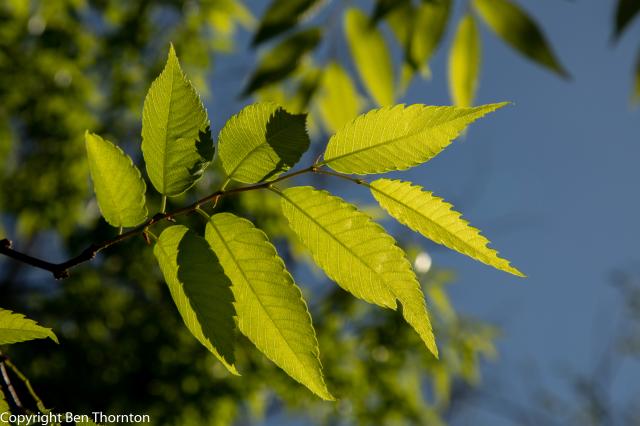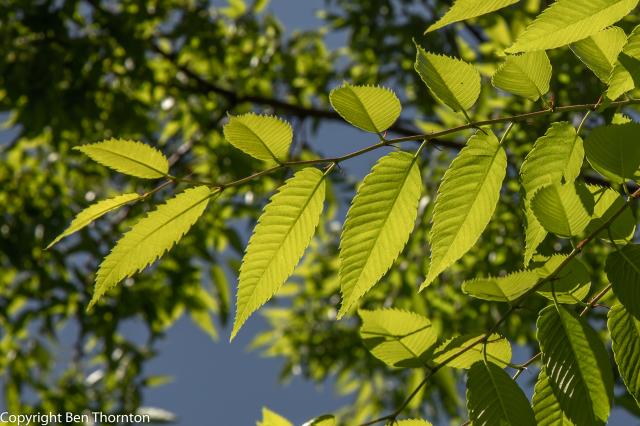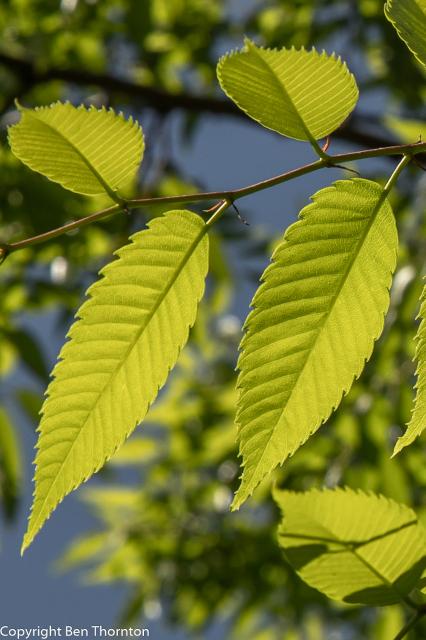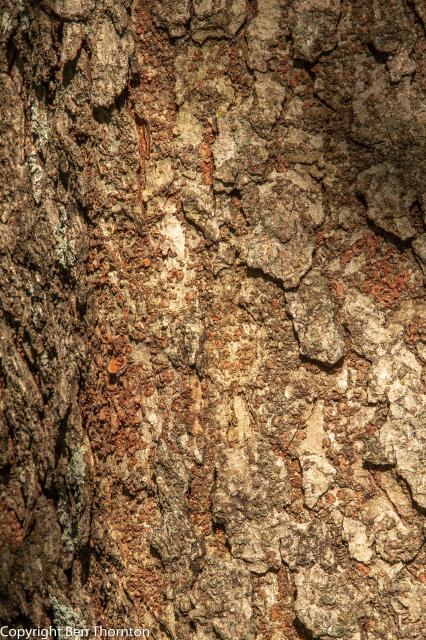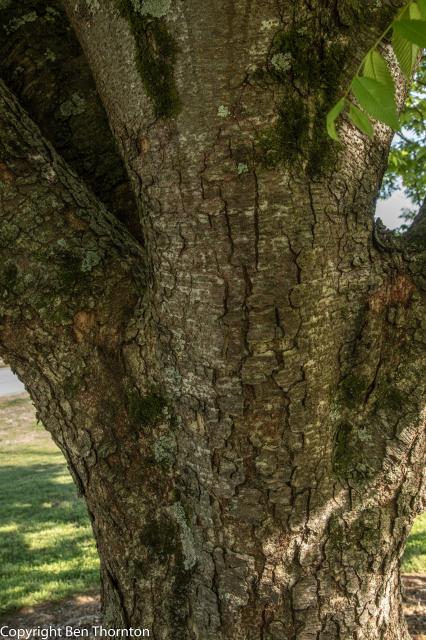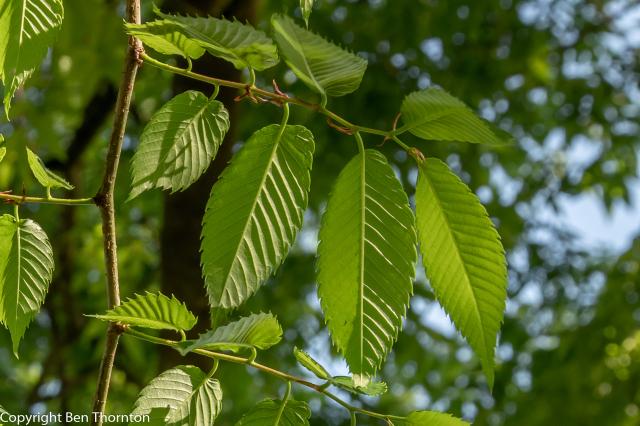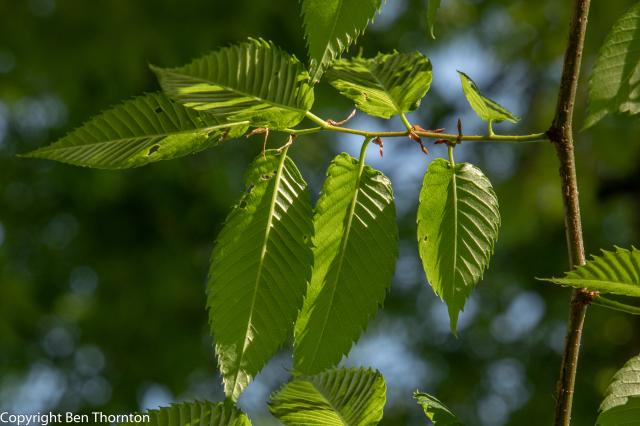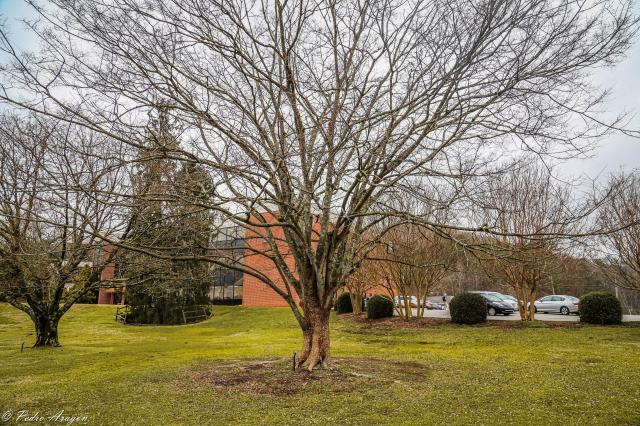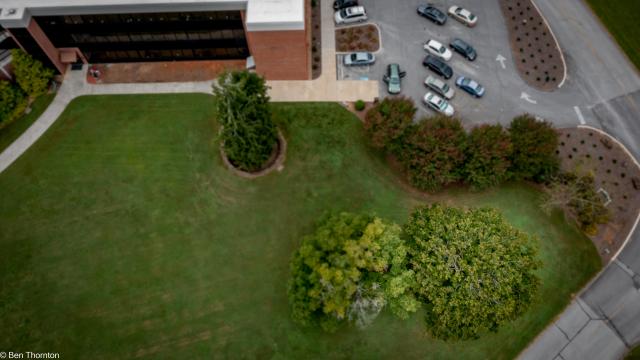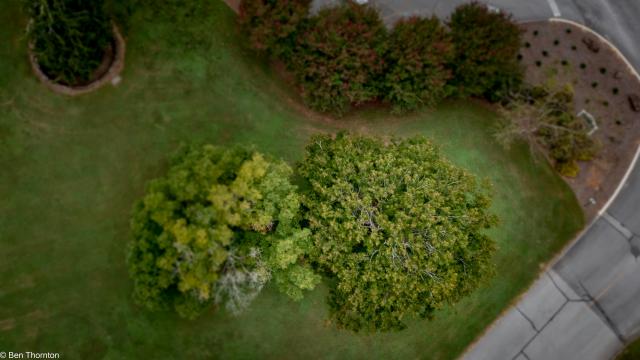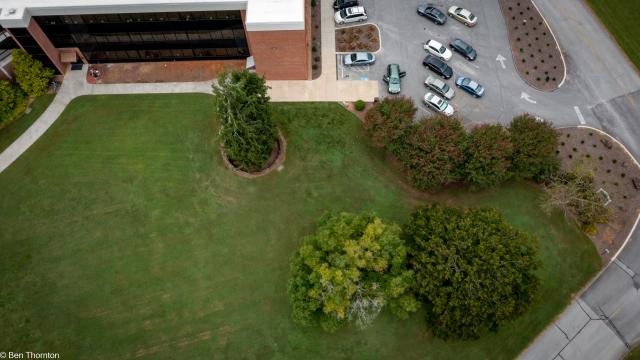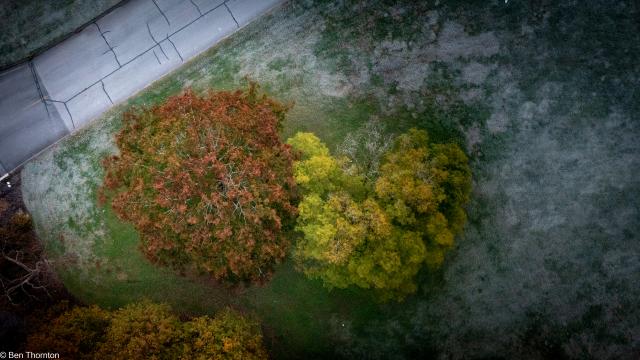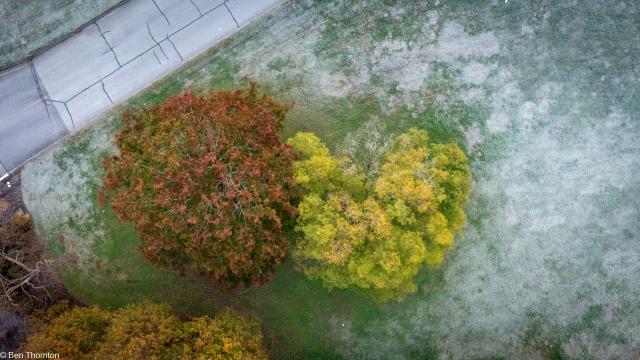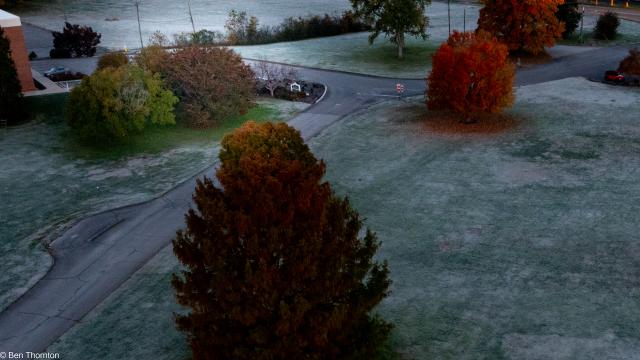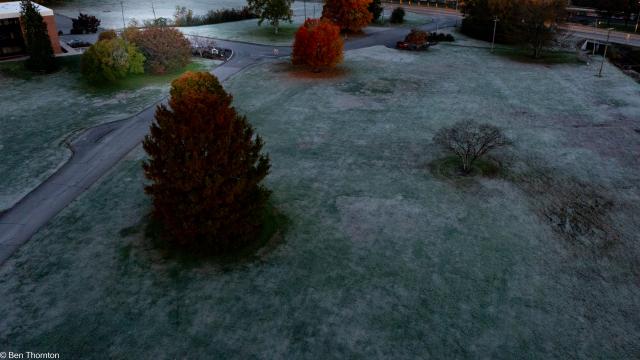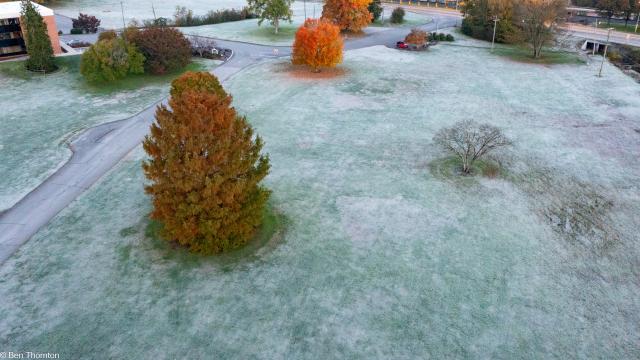Zelkova serrata (Japanese zelkova, Japanese elm,[2] keyaki, or keaki; Japanese: 欅 (ケヤキ) keyaki /槻 (ツキ) tsuki; Chinese: 榉树/櫸樹 jǔshù; Korean: 느티나무 neutinamu) is a species of the genus Zelkova native to Japan, Korea, eastern China and Taiwan.[3][4] It is often grown as an ornamental tree, and used in bonsai. There are two varieties, Zelkova serrata var. serrata in Japan and mainland eastern Asia, and Zelkova serrata var. tarokoensis (Hayata) Li on Taiwan which differs from the type in its smaller leaves with less deeply cut serration on the margins.[4]
Description
Zelkova serrata is a medium-sized deciduous tree usually growing to 30 m (98 ft) tall. It is characterized by a short trunk dividing into many upright and erect spreading stems forming a broad, round-topped head. The tree grows rapidly when young though the growth rate slows to medium upon middle age and maturity.[5]
It has alternately arranged leaves growing to 5 cm long and broad. The leaves themselves are simple and ovate to oblong-ovate with serrated or crenate margins, to which the tree owes its specific epithet serrata. The leaves are acuminate or apiculate, rounded or subcordate at the base, and contain 8–14 pairs of veins. The leaves are rough on top and glabrous or nearly glabrous on the underside. They are green to dark green in spring and throughout the summer, changing to yellows, oranges and reds in autumn. The petioles are 2–5 mm (1⁄16–3⁄16 in) long.[6]
Zelkova serrata is monoecious. It develops flowers in spring with the leaves. Buds are ovoid, acutish, with many imbricate, dark brown scales.[5] They diverge at a 45 degree angle from the stem. The staminate flowers are shortly pedicellate and approximately 3mm in diameter, clustered in the axils of the lower leaves. The pistillate flowers are solitary or few in axils of the upper leaves, sessile and usually about 1.5 mm in diameter. The flowers are yellow-green, not showy, and occur in tight groups along new stems. They give rise to small, ovate, wingless drupes that ripen in late summer to autumn. The drupe is green maturing to brown, subsessile and 2.5 to 3.5 mm (3⁄32 to 1⁄8 in) in diameter.
To identify Zelkova serrata, one would look for a short main trunk, low branching and a vase-shaped habit. The twigs are slender with small, dark conical buds in a zigzag pattern. The branches are usually glabrous. The bark is grayish white to grayish brown and either smooth with lenticels or exfoliating in patches to reveal orange inner bark. The branchlets are brownish-purple to brown.

